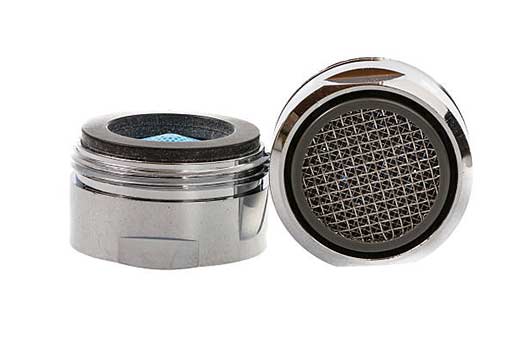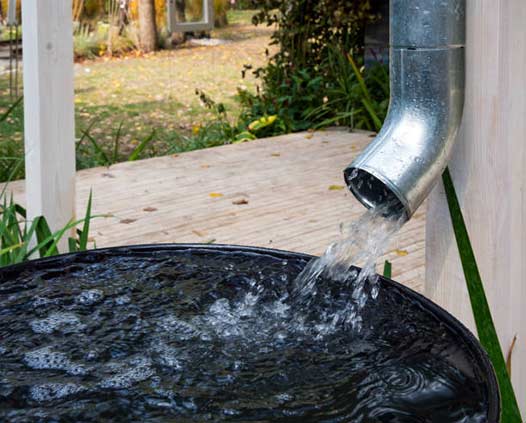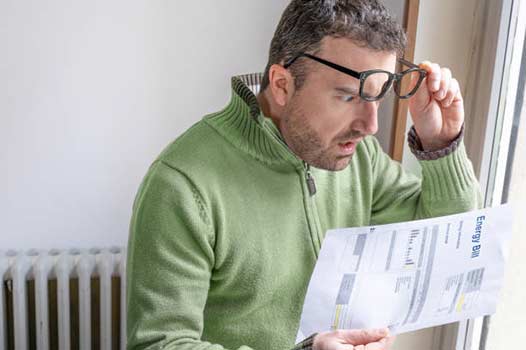Water bills can be a significant expense for homeowners, especially if they have inefficient plumbing systems. However, with a little knowledge and effort, you can start saving money on your water bills without compromising your water usage. In this article, we will provide you with some essential plumbing tips that can help you reduce your water consumption and ultimately save money.
Inspect for Leaks
One of the primary reasons for high water bills is undetected leaks in your plumbing system. Even a small leak can waste a significant amount of water over time, leading to unnecessary expenses. Therefore, it’s crucial to regularly inspect your plumbing fixtures and pipes for any signs of leakage.
Look for damp areas, dripping faucets, or water stains on walls, ceilings, or floors. If you notice any of these signs, it’s important to address the issue promptly. Repairing leaks can be relatively simple, such as replacing a worn-out washer or tightening a loose connection. However, if you aren’t confident in your plumbing skills, it’s best to hire a professional plumber to handle the repairs.
Upgrade to Water-Efficient Fixtures
By replacing your old, water-guzzling fixtures with modern, water-efficient versions, you can significantly reduce your water consumption and save money in the long run. The following are some commonly upgraded fixtures that can make a big difference:
- Toilets: Older toilets can use up to 6 gallons of water per flush. By installing low-flow toilets, you can reduce the amount of water used to around 1.6 gallons per flush, without compromising performance.
- Showerheads: Traditional showerheads can use up to 2.5 gallons of water per minute. Opting for low-flow showerheads can cut down water usage to 2 gallons per minute or less, while still providing a satisfying shower experience.
- Faucets: Older faucets tend to dispense a higher volume of water. By installing low-flow faucets, you can minimize water wastage without sacrificing water pressure.
By upgrading these fixtures, you can make your plumbing system more water-efficient and reduce your overall usage, resulting in lower water bills.

By using faucet aerators, you can reduce your water consumption by up to 50% without compromising your daily tasks.
Install Faucet Aerators
Faucet aerators are inexpensive devices that can be attached to the end of your faucets. They work by mixing air with the water, creating a steady stream while reducing the amount of water used. Installing faucet aerators in your kitchen and bathroom sinks can help you save water without affecting the functionality of your faucets.
These devices are easy to install and come in various flow rates, allowing you to choose the one that suits your needs. By using faucet aerators, you can reduce your water consumption by up to 50% without compromising your daily tasks such as washing hands, brushing teeth, or rinsing dishes.
Fix and Replace Faulty Toilet Flappers
If you notice that your toilet continues to run even after you’ve flushed it, it’s likely due to a faulty or worn-out toilet flapper. The flapper is the rubber valve that controls the water flow from the tank to the bowl. When it becomes damaged or warped, it can cause water to constantly leak from the tank, leading to an increased water bill.
To fix this issue, first, determine the type and size of your toilet flapper and purchase a suitable replacement from your local hardware store. Then, turn off the water supply to the toilet, flush it, and remove the old flapper. Install the new flapper and ensure that it forms a watertight seal. Finally, turn the water supply back on and test the toilet to confirm that the leak has been resolved.
By promptly fixing faulty toilet flappers, you can prevent water wastage, save money, and contribute to water conservation efforts.
Monitor Your Water Usage
Keeping track of your water usage can help you identify any sudden increases in consumption, allowing you to detect potential leaks or wasteful habits. Most water utilities provide homeowners with monthly water usage reports, which can be a good starting point for monitoring your consumption.
You can also install water flow monitoring devices that attach to your main water line and provide real-time data on your water usage. These devices can help you detect leaks quickly and understand how your household consumes water. Additionally, you can set water usage goals for your family members and encourage them to be mindful of their water consumption.

By utilizing rainwater, you can reduce your reliance on the municipal water supply and further decrease your water bills.
Collect and Reuse Rainwater
Collecting rainwater can be an eco-friendly and cost-effective way to reduce your water bills. Installing a rain barrel or a larger rainwater harvesting system can help you conserve water for various purposes, such as watering your garden, washing your car, or flushing toilets.
When collecting rainwater, make sure to use a fine mesh screen on the gutter downspout to filter out debris and prevent mosquito breeding. Additionally, check your local regulations regarding rainwater collection to ensure compliance with any restrictions or permits required.
By utilizing rainwater, you can reduce your reliance on the municipal water supply and further decrease your water bills.
In Conclusion
Reducing your water bills is not only beneficial for your wallet but also for the environment. By implementing these plumbing tips, you can start saving money while promoting water conservation in your household. Regularly inspect your plumbing for leaks, upgrade to water-efficient fixtures, install faucet aerators, and fix faulty toilet flappers to minimize water wastage. Monitoring your water usage and collecting rainwater are additional steps you can take towards a more sustainable water consumption. With these efforts, you can enjoy the financial savings and contribute to a greener future.


